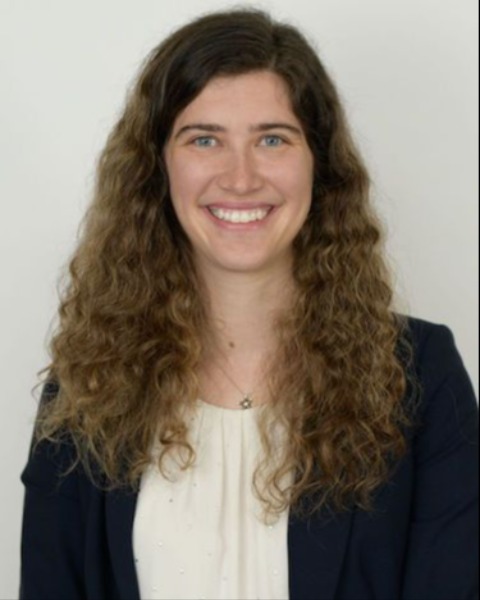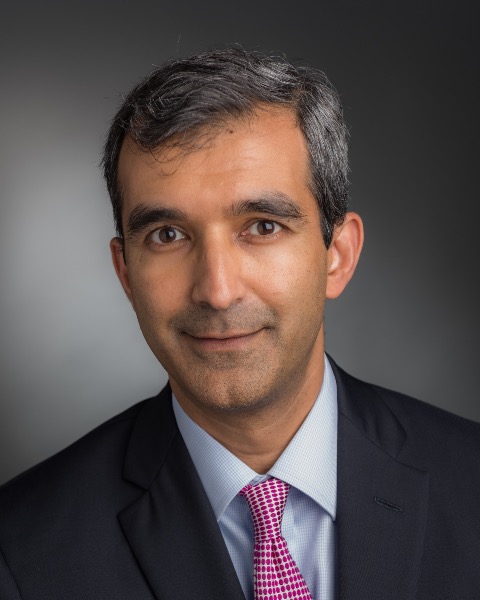Disparities in Surgical Oncologic Care
E138: Trends in Gender Representation within Surgical Oncology Fellowship and Leadership

Stefanie J. Soelling, MD, MPH
Resident
Brigham and Women's Hospital
Boston, Massachusetts, United States
Stefanie J. Soelling, MD, MPH
Resident
Brigham and Women's Hospital
Boston, Massachusetts, United States
Stefanie J. Soelling, MD, MPH
Resident
Brigham and Women's Hospital
Boston, Massachusetts, United States.jpg)
Megan L. Sulciner, MD
Resident
Brigham and Women's Hospital
Boston, Massachusetts, United States- LS
Lily V. Saadat, MD
Fellow
Brigham and Women's Hospital; Memorial Sloan Kettering Cancer Center, United States - JL
Jason B. Liu, MD, MS
Assistant Professor of Surgery
Brigham and Women's Hospital, United States 
Chandrajit P. Raut, MD, MSc (he/him/his)
Chief, Division of Surgical Oncology
Brigham and Women's Hospital
Boston, Massachusetts, United States- NC
Nancy L. Cho, MD
Section Chief, Endocrine Surgery
Brigham and Women's Hospital, United States
ePoster Abstract Author(s)
Submitter(s)
Author(s)
Female general surgery residents have increased over time; however, this trend has not been uniformly reflected within surgical subspecialty fellowships or in selection of national leadership. This study aims to evaluate gender distribution trends among 1) surgery and surgical oncology applicants and matriculants and 2) fellowship directors and national society leadership within surgical oncology.
Methods:
Demographic information was collected for general surgery residency (GS) and surgical oncology fellowship (CGSO) applicants/matriculants from 2015-2021 using publicly available data from the AAMC and the ACGME. Current surgical oncology fellowship directors (FDs) and Society of Surgical Oncology (SSO) presidents from 1940-2023 were also collected from publicly available data. Gender was self-reported by residents/fellows and collected for FDs and SSO presidents using clinical biographies. Within GS, 0.03% of applicants and 2.3% of matriculants did not report gender; however, gender was determined for all others. Trends in gender were compared between GS and CGSO applicants vs matriculants. Differences between residents, fellows, FDs, and SSO presidents were analyzed.
Results:
There were 19,452/52,152 (37.3%) female GS applicants and 24,345/60,508 (40.2%) female GS matriculants. There were 308/800 (38.5%) female CGSO applicants and 308/782 (39.4%) female CGSO matriculants. Outside of 2015 and 2020, there was no significant difference in the proportion of female CGSO applicants to matriculants (p >0.05). In 2015, there was a significantly smaller proportion of female CGSO applicants vs matriculants (35.2% vs 49.2%, p=0.038). In 2020, there was a significantly greater proportion of female CGSO applicants vs matriculants (50.9% vs 35.8%, p=0.022). Over the entire period, there was no significant difference in the proportion of female GS vs CGSO matriculants (40.2% vs 39.4%, p=0.631) or CGSO applicants vs matriculants (38.5% vs 39.4%, p=0.718). There are currently 10 (28.6%) female FDs with no significant difference compared to female CGSO matriculants (39.4%, p=0.199). There have been 5/77 (6.5%) female SSO presidents from 1940-2023, with the first being in 2004, and this is significantly less than the proportion of overall female CGSO matriculants (39.4%, p< 0.001).
Conclusions:
While female representation within CGSO matriculants aligns with GS matriculants and CGSO applicants, there is a significant discrepancy at the national leadership level. Efforts should focus on addressing the gender disparities within leadership to encourage ongoing recruitment of female surgeons.
Learning Objectives:
- Upon completion, participant will be able to describe the proportional representation of female CGSO matriculants based on the proportion of female general surgery residents and CGSO applicants.
- Upon completion, participant will be able to describe the decreased proportion of female fellowship directors compared to CGSO matriculants.
- Upon completion, participant will be able to describe the significantly decreased proportion of female SSO presidents compared to CGSO matriculants.
